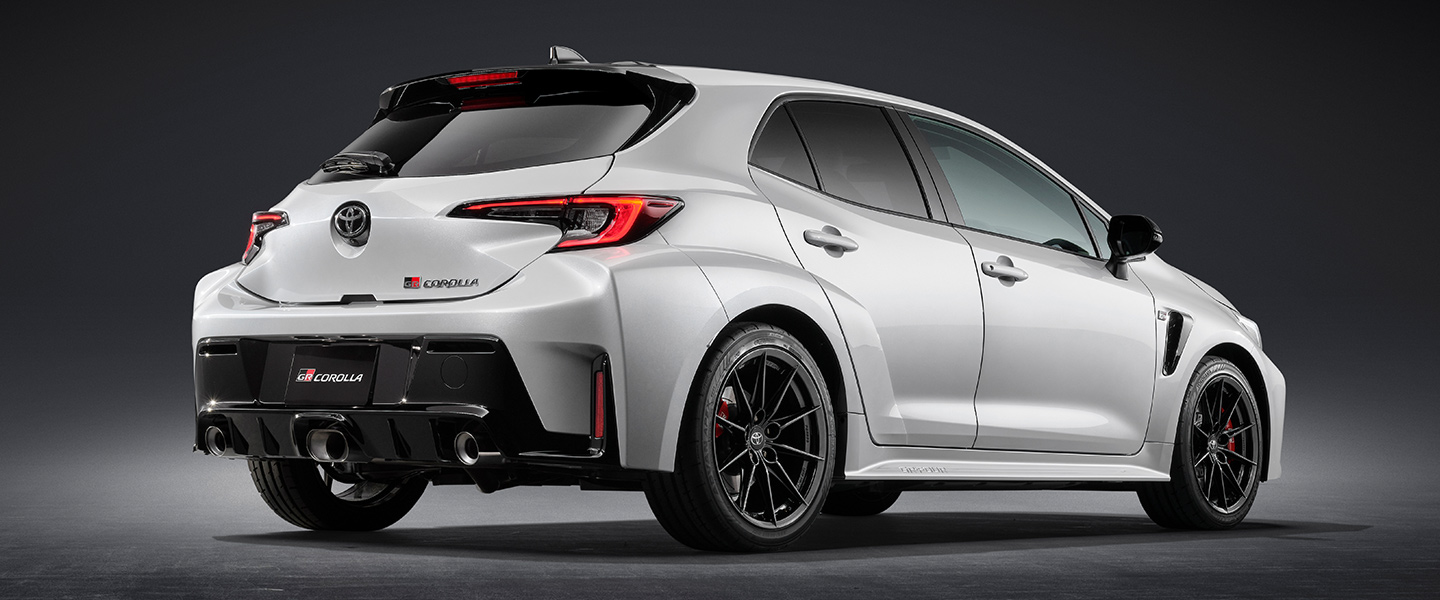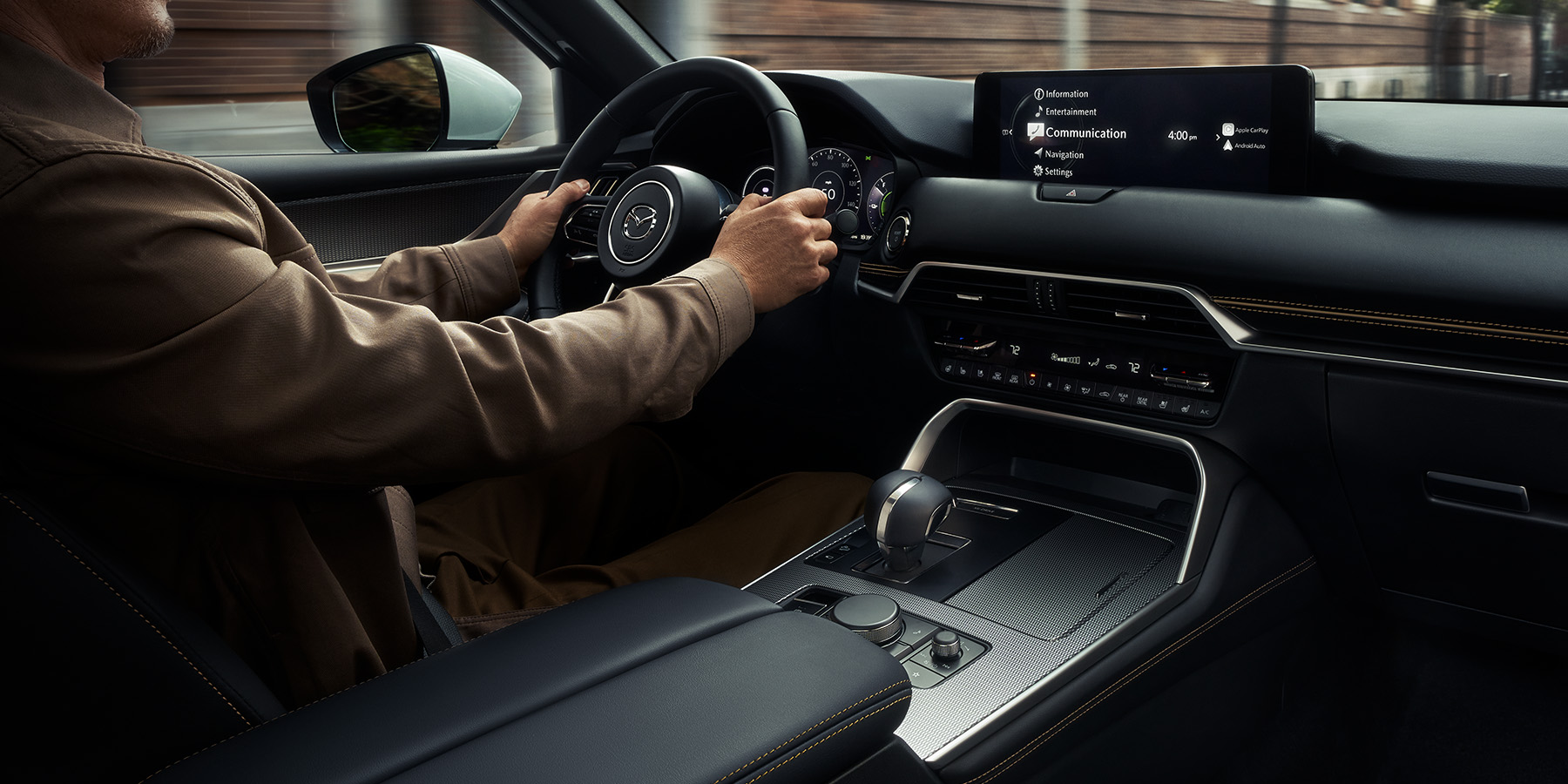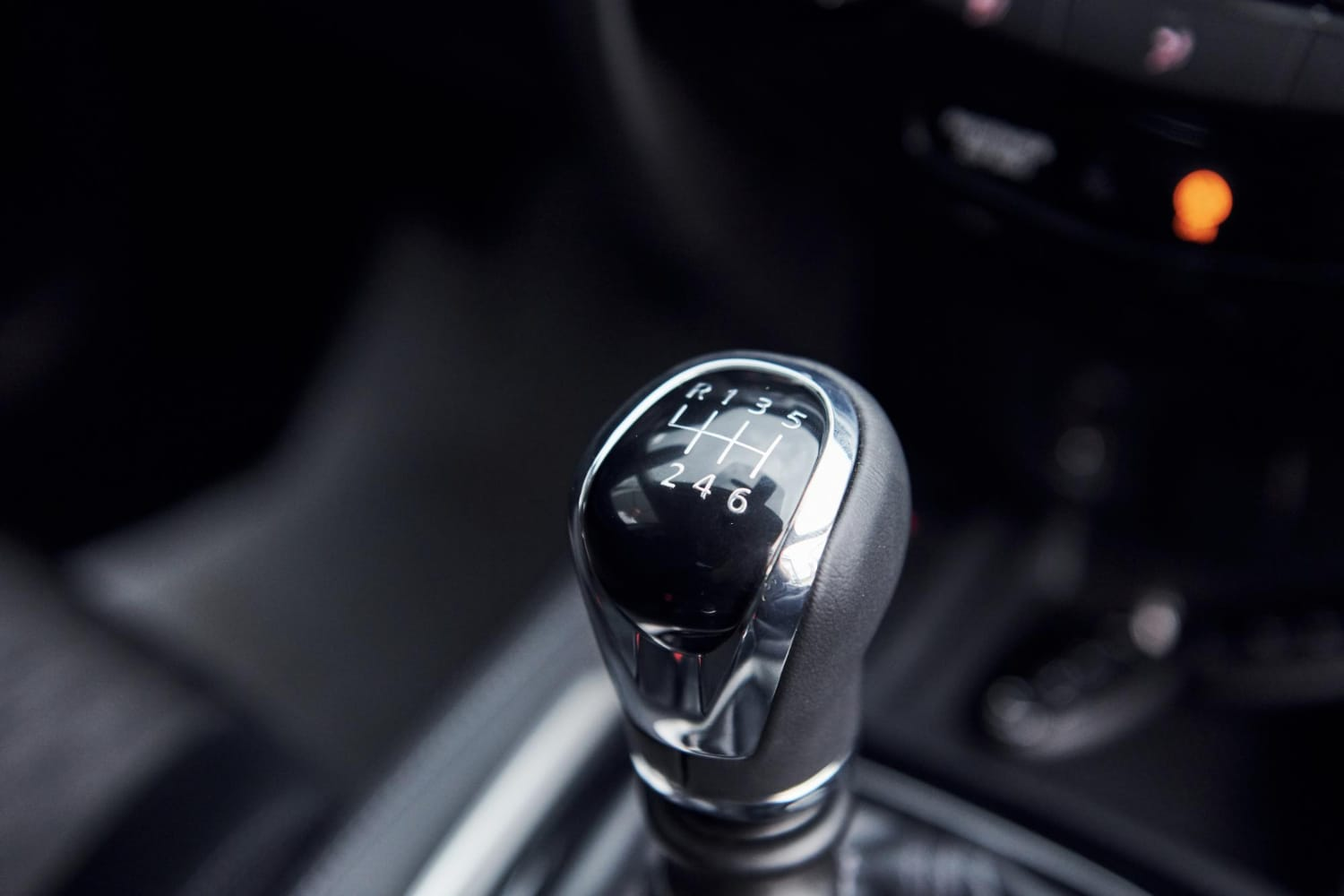
Choosing between a hatchback and a sedan involves considering various factors that align with your lifestyle, preferences, and practical needs. Both vehicle types offer distinct advantages, from design and cargo space to driving dynamics and fuel efficiency, catering to different priorities and driving habits.
1. Design and Interior Space:
Sedans are characterized by their traditional three-box design, featuring separate compartments for the engine, passenger cabin, and trunk. This design typically provides a spacious rear seating area and a separate trunk compartment, ideal for securely storing belongings out of sight. Hatchbacks, on the other hand, feature a rear hatch door that extends to the roofline, integrating the cargo area with the passenger cabin. This design offers greater versatility in loading larger items and expanding cargo capacity by folding down rear seats.

2. Cargo Versatility and Practicality:
If you frequently transport bulky items such as sports gear, furniture, or groceries, a hatchback’s flexible cargo configuration may better suit your needs. The rear hatch door allows for easier loading and unloading of larger items, making hatchbacks convenient for active lifestyles or regular trips requiring extra storage capacity. Sedans, while offering ample trunk space, may have limitations in accommodating oversized items that extend beyond the trunk’s dimensions.
3. Driving Dynamics and Performance:
Sedans and hatchbacks often share similar engine options and driving dynamics, with variations in handling and aerodynamics influenced by their design. Sedans typically have a lower roofline and center of gravity, contributing to enhanced stability and cornering agility, particularly at higher speeds. Hatchbacks, while maintaining good handling characteristics, may have slightly different aerodynamics due to their extended roofline, potentially impacting fuel efficiency and wind noise at higher speeds.
4. Fuel Efficiency and Maintenance Costs:
Both hatchbacks and sedans offer fuel-efficient engine choices suitable for everyday commuting and long-distance travel. However, hatchbacks may benefit from improved aerodynamics and lighter weight, potentially enhancing fuel economy compared to similarly equipped sedans. Maintenance costs can vary depending on the vehicle model, engine type, and manufacturer, so it’s essential to consider long-term ownership expenses when comparing hatchbacks and sedans.
5. Lifestyle Considerations:
Choosing between a hatchback and a sedan often comes down to lifestyle considerations and personal preferences. Hatchbacks are favored for their versatility, making them popular choices for urban dwellers, active families, and individuals seeking practicality without sacrificing style. Sedans appeal to those prioritizing elegance, comfort, and a traditional automotive design, ideal for professionals or commuters who value spacious rear seating and a refined driving experience.

Making the Decision:
When deciding between a hatchback and a sedan, assess your daily driving needs, anticipated cargo requirements, and desired driving experience. Test driving both vehicle types can provide insight into their handling, interior comfort, and overall suitability for your lifestyle. Consider factors such as passenger space, storage capacity, fuel efficiency, and available features to determine which vehicle aligns best with your preferences and enhances your daily driving routine.
Conclusion:
Whether opting for the versatility of a hatchback or the classic appeal of a sedan, both vehicle types offer distinct advantages tailored to different lifestyles and driving preferences. By evaluating factors such as design, cargo space, driving dynamics, and fuel efficiency, you can confidently choose the vehicle that meets your needs and complements your lifestyle, ensuring years of enjoyable and practical driving on the road ahead.





